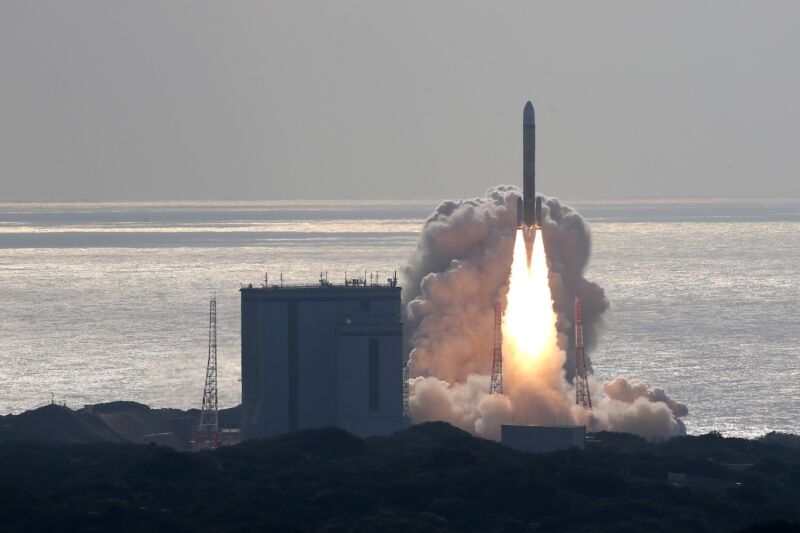Japan’s new H3 rocket proved it works, but will it catch on anywhere else?

Enlarge / Japan's second H3 rocket lifted off from the Tanegashima Space Center at 9:22 am local time Saturday. (credit: Yang Guang/Xinhua via Getty Images)
Japan's new H3 rocket took off Friday on its second test flight; its success is an important milestone for the launch vehicle poised to power nearly all of the Japanese space program's missions into orbit over the next decade.
The 187-foot-tall (57-meter) H3 rocket lifted off from the Tanegashima Space Center in southwestern Japan at 7:22 pm EST Friday (00:22 UTC Saturday) with a dummy payload and two smaller satellites.
Two hydrogen-fueled main engines and a pair of strap-on solid rocket boosters ignited with 1.6 million pounds of thrust, vaulting the H3 rocket off its launch pad on a trajectory east from Tanegashima, then south over the Pacific Ocean. The strap-on boosters burned out and jettisoned about two minutes into the flight, and the core stage's LE-9 engines fired for nearly five minutes.